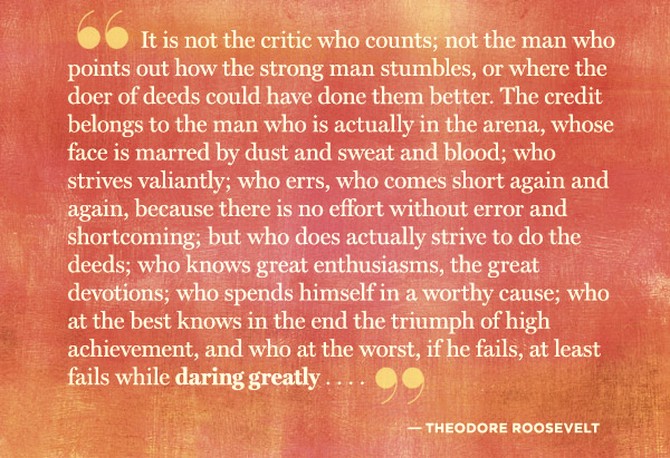Ah, summer. A time for relaxation and rejuvenation. But for one group, those balmy days might be overshadowed with panic: first-time parents of kindergartners.
After all, parents today receive a steady stream of messaging that the quality of kindergarten experience can define a child’s success for the rest of forever (though I’ve argued before that this is likely more the correlative nature of having involved parents than the particulars of kindergarten).
Throw in a child who seems uninterested in identifying letters yet (much less reading), and you might get some parents on the verge of a nervous break-down.
Having waded through this quagmire with our oldest, now about to start 4th grade (and who thriving as a reader, despite initial reluctance), I’m writing today to help reassure as many stressed kinder parents as possible: you are probably doing better than you think. Here are signs that, even if your child is not yet writing their memoirs or reading Tolstoy, they are probably more prepared for kindergarten than you think:
#1: Their brains are being regularly strengthened by unstructured play. This is even more valuable when the group of children is mixed-age, which gives older children opportunities to teach younger, and younger children the chance to explore new possibilities. As cited by researchers, “It is those changes in the prefrontal cortex during childhood that help wire up the brain’s executive control center, which has a critical role in regulating emotions, making plans and solving problems, Pellis says. So play, he adds, is what prepares a young brain for life, love and even schoolwork.”
#2: They enjoy stories (even if they aren’t sitting perfectly still for every story-time yet). This enjoyment also leads them to possess print awareness — a general feel for books turning from left to right, how to hold a book in their laps, and the presence of words on the page. Children at this age tend to make leaps forward in their development, so even if they don’t have all 52 upper- and lower-case letters down yet, if the basic pre-literacy support is there, they will get there!
#3: They are able to relate socially and emotionally to other people. When they have hurt someone, they are willing to listen and learn to consider that person’s feelings. They don’t immediately resort to biting or hitting for every offense, though this will definitely be a work in progress more for some kids more than others!
#4: They make up songs and stories with you or in make-believe play. Not only does this strengthen a child’s narrative skills (important for early literacy), but it helps them build skills for healthy social interaction.
#5: They are given as much book access as possible. Even if you do not own a lot of books, regular trips to the library can foster a love of reading that is worth its weight in gold. As the reading skills grow, it’s important for kids to have choices to find the books that will delight them.
#6: They are showing signs of building problem-solving skills. They may pull out a stool to reach something for themselves, or they may help soothe a sibling. Whatever it may be, these small signs of problem-solving are indicative of the kinds of independence that will serve them well throughout school and life!
#7: They are given opportunities to explore motor skills and balance. Tree-climbing, playdoh-smashing, curb-walking — the basics will be sufficient. Giving kids plenty of time to explore their motor skills and balance will lay a foundation for holding a pencil, for sitting up in a chair, and generally feeling comfortable in their own skins.
#8: They are potty trained! Yes, this counts and should be celebrated as a kindergarten readiness milestone. There may still be the occasional accident, but general independence in using the toilet, as well as in dressing and eating, are good signs for readiness at school.
#9: They help out around the house. Maybe they have their small chore, or they are in charge of making their bed. Helping them gain a sense of responsibility and contribution to the group will be so valuable when they gain a new community at school!
#10: You help them see what they are capable of, and they believe it! This kind of mindset is easy to take for granted if it’s present in your home, but it’s essential for kids about to embark on school. They will be discovering all sorts of tasks and ideas, and it will serve them well if they believe they can handle new things with confidence.
The nervousness in sending your oldest child to school may not go away. But I hope parents can feel a little more at ease at the prospect of kindergarten readiness and enjoy the summer together!
featured image: DeathToTheStockPhoto

















